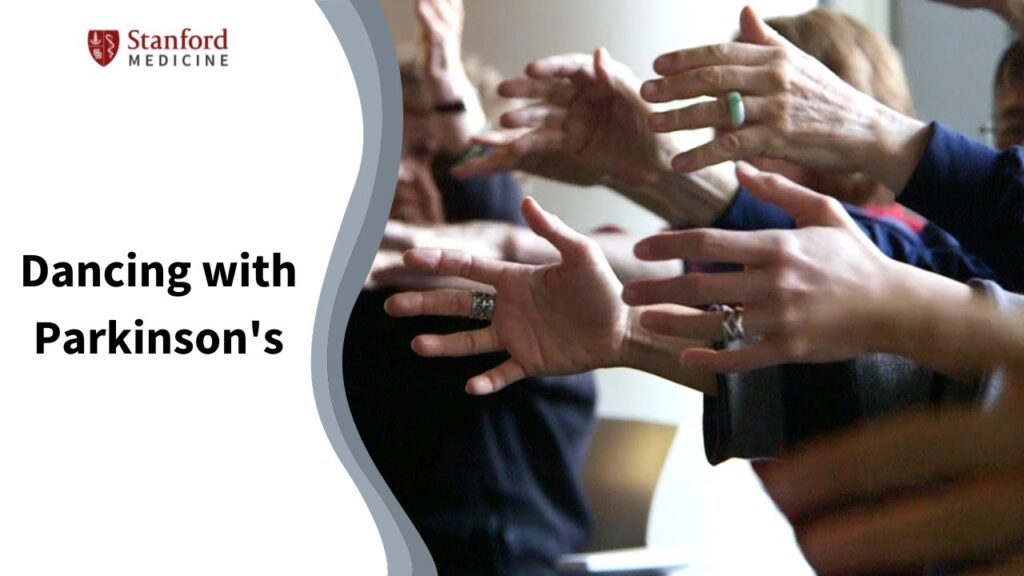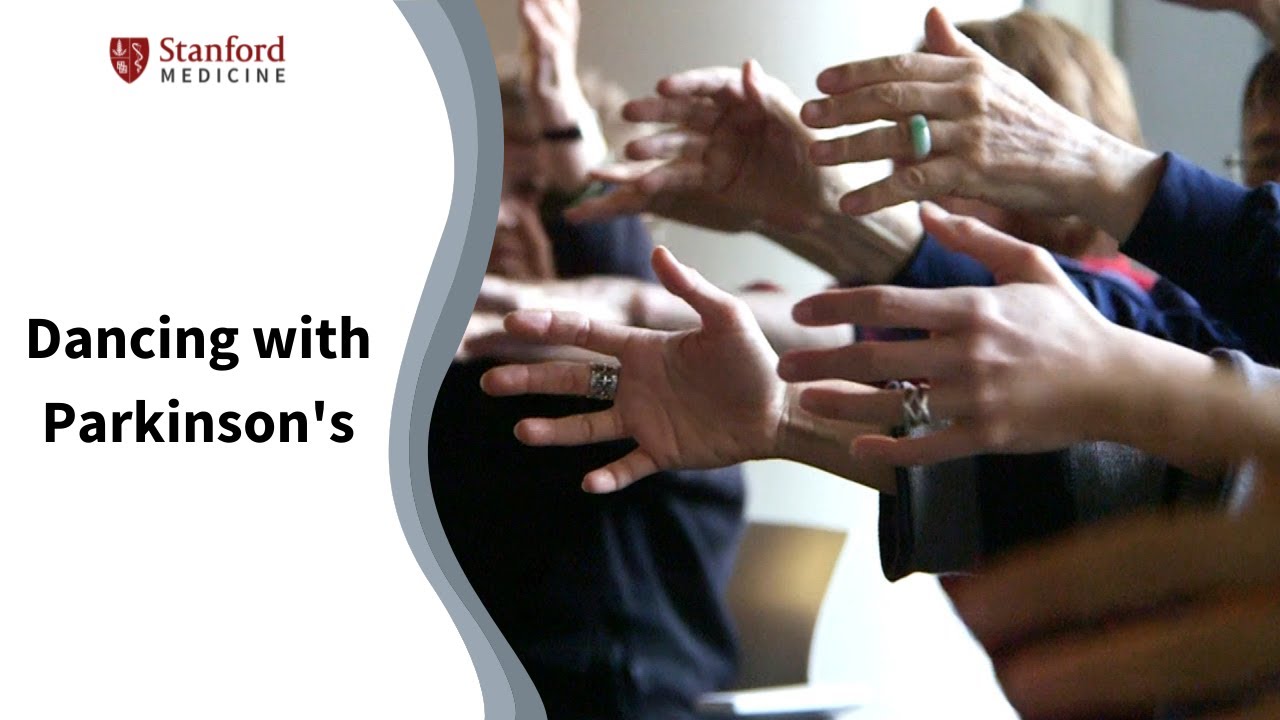
Dancing with Parkinson’s: Finding Joy and Improving Lives Through Movement
Parkinson’s disease, a progressive neurological disorder, affects movement, often leading to tremors, stiffness, and balance problems. While there is no cure, various therapies and treatments can help manage the symptoms and improve the quality of life for those living with Parkinson’s. Among these, dancing with Parkinson’s has emerged as a powerful and enjoyable intervention, offering a unique blend of physical, emotional, and social benefits.
This article explores the transformative impact of dancing with Parkinson’s, delving into its scientific underpinnings, the personal stories of individuals who have experienced its benefits firsthand, and the growing global movement that is bringing this innovative therapy to more and more people.
The Science Behind the Steps: How Dancing Helps
The positive effects of dancing with Parkinson’s are not merely anecdotal. A growing body of research supports the notion that dance can significantly improve motor skills, balance, and cognitive function in individuals with Parkinson’s disease. Here’s how:
- Improved Motor Control: Dance involves complex movements that require coordination, balance, and spatial awareness. These movements stimulate the brain and help to re-establish neural pathways that may have been affected by Parkinson’s.
- Enhanced Balance and Stability: Many dance forms emphasize posture and balance, which are crucial for preventing falls – a significant concern for people with Parkinson’s. Regular dance practice can strengthen muscles and improve reflexes, leading to better balance.
- Cognitive Stimulation: Learning and remembering dance steps challenges the brain and improves cognitive function. The need to focus, plan, and execute movements can help to sharpen memory and attention.
- Emotional Well-being: Dance is inherently expressive and can provide an outlet for emotions. The joy of moving to music, the sense of accomplishment, and the social interaction involved in dance classes can all contribute to improved mood and reduced stress.
Studies have shown that dancing with Parkinson’s can lead to improvements in gait speed, stride length, and overall motor performance. Furthermore, it has been linked to reduced rigidity and tremors, common symptoms of the disease. The rhythmic nature of dance, coupled with the social and emotional support it provides, makes it a uniquely effective therapy.
Personal Stories: The Transformative Power of Dance
Beyond the scientific evidence, the true impact of dancing with Parkinson’s is best illustrated through the stories of individuals who have experienced its benefits firsthand. These stories highlight the profound ways in which dance can transform lives, offering not only physical improvements but also a renewed sense of hope and connection.
Consider the story of John, a 65-year-old who was diagnosed with Parkinson’s five years ago. Initially, he felt isolated and discouraged by his declining motor skills. After joining a dancing with Parkinson’s class, he noticed a significant improvement in his balance and coordination. More importantly, he found a sense of community and support that helped him to cope with the emotional challenges of his condition. “Dance has given me back my life,” he says. “It’s not just about the physical benefits; it’s about the joy of moving and connecting with others who understand what I’m going through.”
Another example is Maria, a 72-year-old who had always loved to dance. After her Parkinson’s diagnosis, she thought she would never be able to dance again. However, after discovering a dancing with Parkinson’s program in her community, she was able to rediscover her passion. The classes were adapted to accommodate her physical limitations, and she found that the movements helped to alleviate her stiffness and improve her mood. “Dancing has given me a new lease on life,” she explains. “It’s something I look forward to every week, and it helps me to feel more like myself again.”
These are just two of the many stories that demonstrate the transformative power of dancing with Parkinson’s. These individuals have found that dance can provide a unique combination of physical, emotional, and social benefits, helping them to live more fulfilling and active lives despite their condition. The ability to express oneself through movement, coupled with the camaraderie of a supportive community, can make a profound difference in the lives of those living with Parkinson’s.
Finding a Class: Resources and Opportunities
The dancing with Parkinson’s movement is growing rapidly, with classes and programs available in communities around the world. If you or someone you know is interested in exploring this therapy, there are several resources available to help you find a class or program near you.
- The Mark Morris Dance Group’s Dance for PD® Program: This is one of the leading organizations in the field, offering classes and training programs for dance instructors. Their website provides a directory of classes around the world.
- Local Parkinson’s Support Groups: Many local Parkinson’s support groups offer or can connect you with dancing with Parkinson’s programs in your area.
- Community Centers and Dance Studios: Check with local community centers and dance studios to see if they offer adapted dance classes for individuals with Parkinson’s.
When choosing a dancing with Parkinson’s class, it is important to find a program that is led by a qualified instructor who has experience working with individuals with neurological disorders. The instructor should be able to adapt the movements to accommodate different levels of ability and provide a safe and supportive environment for participants. The program should prioritize both physical and emotional well-being, encouraging participants to express themselves and connect with others.
The Future of Dancing with Parkinson’s
As research continues to demonstrate the benefits of dancing with Parkinson’s, the movement is poised to grow even further in the years to come. More and more healthcare professionals are recognizing the value of dance as a complementary therapy, and there is a growing demand for qualified instructors and accessible programs. [See also: The Role of Music Therapy in Parkinson’s Care]
One of the key challenges facing the dancing with Parkinson’s movement is ensuring that programs are accessible to all individuals, regardless of their location or financial situation. Efforts are underway to expand the reach of existing programs and to develop new models for delivering dance therapy, such as online classes and community-based initiatives. [See also: Benefits of Exercise for People with Parkinson’s]
Ultimately, the goal is to make dancing with Parkinson’s a standard part of the care plan for individuals with Parkinson’s disease. By integrating dance into the continuum of care, healthcare providers can help their patients to improve their physical, emotional, and social well-being, and to live more fulfilling and active lives. The joy of movement, the power of connection, and the hope for a better future – these are the gifts that dancing with Parkinson’s offers to those who embrace it.
The impact of dancing with Parkinson’s extends beyond just physical improvements. It fosters a sense of community and belonging. Participants often form strong bonds with their classmates, creating a supportive network that helps them cope with the challenges of living with Parkinson’s. This social connection is invaluable, as it can combat feelings of isolation and loneliness, which are common among individuals with chronic illnesses.
Moreover, dancing with Parkinson’s can help to improve self-esteem and confidence. As participants master new movements and experience the joy of dancing, they often develop a greater sense of self-efficacy and a more positive outlook on life. This can lead to increased motivation to participate in other activities and to take better care of their overall health.
In conclusion, dancing with Parkinson’s is a powerful and innovative therapy that offers a wide range of benefits for individuals living with Parkinson’s disease. From improved motor skills and balance to enhanced cognitive function and emotional well-being, dance can transform lives and bring joy to those who need it most. As the movement continues to grow, it is important to raise awareness of the benefits of dance and to ensure that programs are accessible to all who can benefit from them. Dancing with Parkinson’s is more than just a dance class; it is a community, a support system, and a pathway to a better quality of life.
The rhythmic and expressive nature of dancing with Parkinson’s can unlock new levels of physical and emotional well-being for participants. It’s a testament to the power of movement and human connection in the face of adversity. So, lace up your dancing shoes and discover the joy that awaits you on the dance floor.

